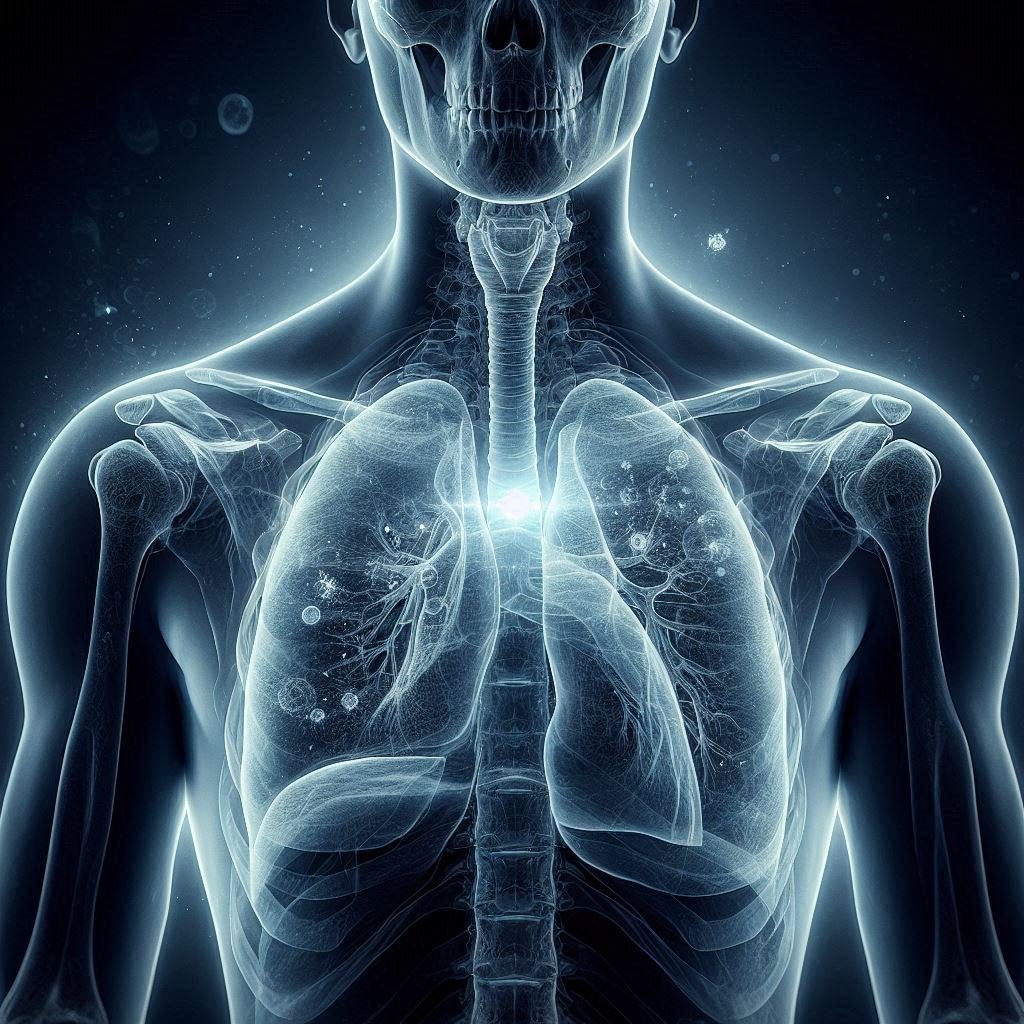
Guillain-Barre syndrome (also known as acute inflammatory or post-infective polyradiculoneuropathy) is a rare but serious disease of the peripheral nervous system. GBS can affect anybody. It can strike at any age and both are equally prone to the disorder. It often follows a minor infection, usually a respiratory (lung) infection or gastrointestinal (gut) infection. It can become life-threatening if the respiratory muscles are affected. GBS is believed to result from an autoimmune response, both humoral and cell mediated, to a recent infection or any of a long list of medical problems. The syndrome may occur at any age, but is most common in people of both between the ages 30 and 50. It is frequently severe and usually exhibits as an ascending paralysis noted by weakness in the legs that spreads to the upper limbs and the face along with complete loss of deep tendon reflexes. Adults are more commonly affected than children. Otherwise, recovery takes several months, but most people recover almost completely. The first symptoms of this disorder include varying degrees of weakness or tingling sensations in the legs. In many instances, the weakness and abnormal sensations spread to the arms and upper body. It may occur within days or weeks after a viral infection such as influenza (flu) or diarrhea. It may be triggered by pregnancy or a medical procedure, such as a vaccination or minor surgery, or have no evident reason for developing. Because the cause of GBS is unknown, there’s no way to prevent the disease from occurring.
The most compelling case for a direct relation between the Guillain-Barre Syndrome and preceding infections derives from experience with the enteric pathogen Campylobacter jejuni.Guillain-Barré occurs a few days or weeks after the patient has had symptoms of a respiratory or gastrointestinal viral infection. In most cases of Guillain-Barre syndrome the person had a virus or bacterial infection in the last four weeks. The disorder can develop over the course of hours or days, or it may take up to three to four weeks. Usually Occasionally, surgery or vaccinations will trigger the syndrome. In its most severe form, GBS is a medical emergency and may require hospitalization. The inflammation usually affects the nerve’s covering. Such damage is called demyelination. Some CIDP patients experience periods of worsening and improvement, and individual relapses are often confused with GBS. Some primary care physicians have described patients who complained of mild brief tingling and/or limb weakness accompanying or following a viral illness, such as a sore throat or diarrhea. Such a set of symptoms may represent a very mild form of GBS. Most people recover from even the most severe cases of GBS. There are several types of GBS, but unless otherwise stated, GBS refers to the most common form, acute inflammatory demyelinating polyneuropathy. People with severe GBS often need long-term rehabilitation to regain normal independence, and as many as 15 percent experience lasting physical impairment.
Causes of Guillain-Barre syndrome
The common causes and risk factor’s of Guillain-Barre syndrome include the following:
The exact cause of Guillain-Barre syndrome is unknown.
Infectious mononucleosis.
Administration of certain vaccinations, and other systemic illnesses.
Porphyria (rare disease of red blood cells).
Viral infections include cytomegalovirus, Ebstein-Barr virus, and during seroconversion with the human immunodeficiency virus.
Bacterial infections include C jejuni, Haemophilus influenzae, Mycoplasma pneumoniae, and Borrelia burgdorferi.
Symptoms of Guillain-Barre syndrome
Some sign and symptoms related to Guillain-Barre syndrome are as follows:
The first symptoms of GBS are usually numbness or tingling (paresthesia) in the toes and fingers.
Weakness, tingling or loss of sensation that often begins in your feet and legs and spreads to your upper body and arms.
Difficulty with eye movement, facial movement, speaking, chewing or swallowing.
Sensation changes.
Numbness, decreased sensation.
Drooling.
Difficulty breathing.
Difficulty moving face muscles.
Clumsiness and falling.
Tingling sensations.
Treatment of Guillain-Barre syndrome
Here is list of the methods for treating Guillain-Barre syndrome:
Plasmapheresis (plaz-muh-fuh-RE-sis): This treatment- also known as plasma exchange- is a type of “blood cleansing” in which damaging antibodies are removed from your blood.
High-dose immunoglobulin therapy is another procedure used to reduce the severity and length of Guillain-Barre symptoms.
ABCs, IV, oxygen, and assisted ventilation may be indicated.
In high-dose immunoglobulin therapy, doctors give intravenous injections of the proteins that, in small quantities, the immune system uses naturally to attack invading organisms.
Your treatment also may include pain medications including acetaminophen and nonsteroidal anti-inflammatory drugs, possibly in combination with narcotic painkillers.
Proper body positioning or a feeding tube may be used to prevent choking during feeding.
Blood thinners may be used to prevent blood clots.




